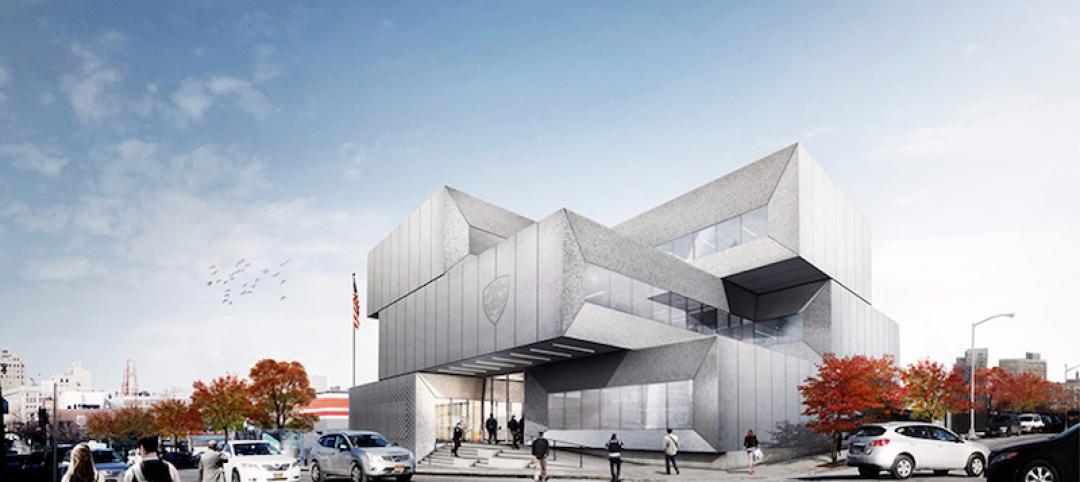The average amount of space per office worker globally has dropped to 150 square feet or less, from 225 square feet in 2010, according to a recent global survey conducted by CoreNet Global, a leading association of corporate real estate managers at large companies throughout the world. The study is part of CoreNet Global's ongoing advocacy of quality working environments and work experiences, and the group's call to action to measure quality of life per square foot.
At the same time, companies in the survey indicated that employment levels will increase in the second half of 2013—triggering a "property paradox," in which more workers are using less individual space.
The survey underscores how today's increasing mix of workers in the office and teleworking, assigned to team and individual projects, along with the rapid emergence of space-on-demand, co-working and other 'third places,' is combining to enable the balance of less space per office worker while more jobs are added.
Because of these fast-changing trends, CoreNet Global continues to advocate that companies create and implement workplace strategies that are integrated with the goals and business plans of the enterprise and that address the needs of employees and the type of work that is being performed.
Nearly two-thirds of companies responding to the survey report the average space per person is currently 150 square feet or less. Slightly over half of the respondents project an average of 100 square feet or less per worker as the norm in five years.
A leading factor is the monumental shift among corporate offices toward open space floor plans with fewer assigned cubes and assigned individual offices. In the survey, more than 80 percent of the respondents said their company has moved in this direction.
However, that trend too, may be reaching an endpoint. In the survey, 43 percent of the respondents say that they now have more collaborative space, than heads-down, private space where employees can focus. And that might be a problem: one-half of the respondents either agreed or said they were not sure if companies in general are over-building collaborative space at the expense of focus work and privacy (31 percent agreed; 19 percent not sure).
Also in the survey, nearly 60 percent projected increases in employment at their companies during the second half of 2013, only 11 percent projected a decrease.
"Through this survey, and anecdotally, we are hearing of a 'collaborative space bubble,'" said Richard Kadzis, Vice President, Strategic Communications for CoreNet Global. "Just as we have escaped the 'cube farms of Dilbertville,' some employees may start to feel that the open-space pendulum has swung too far, at the expense of a worker's ability to concentrate without interruption or distraction."
Multiple variables come into play, including the corporate brand, corporate culture, technological capabilities of the company, nature of the work performed, and cost. "We advocate that corporate real estate and workplace executives approach workplace management as a holistic practice starting at the C-suite level," Kadzis added.
"Workplace strategy is no longer a singular function of real estate, but a product of taking into account the needs and demands of the business, and how real estate should work with human resources, information technology, finance and other support functions to support overall organizational planning," Kadzis said.
The survey reveals how more than two-thirds of companies have instituted integrated workplace strategies.
About CoreNet Global
With more than 7,900 members, CoreNet Global is the world's premier association for corporate real estate (CRE) and workplace professionals, service providers, and economic developers. For more information, visit www.corenetglobal.org.
Related Stories
Architects | Mar 16, 2016
PGAL acquires Dallas-based Pro Forma Architecture
The merger adds a firm that has specialized in municipal projects.
Industry Research | Feb 22, 2016
8 of the most interesting trends from Gensler’s Design Forecast 2016
Technology is running wild in Gensler’s 2016 forecast, as things like virtual reality, "smart" buildings and products, and fully connected online and offline worlds are making their presence felt throughout many of the future's top trends.
Government Buildings | Feb 4, 2016
Bronx police station design revealed by Bjarke Ingels Group
The blocky, modern design is meant to convey accessibility and public service.
Government Buildings | Jan 26, 2016
California governor proposes $1.5 billion to repair, replace state buildings
The program would include two new state office buildings in Sacramento.
Architects | Jan 15, 2016
Best in Architecture: 18 projects named AIA Institute Honor Award winners
Morphosis' Perot Museum and Studio Gang's WMS Boathouse are among the projects to win AIA's highest honor for architecture.
| Jan 14, 2016
How to succeed with EIFS: exterior insulation and finish systems
This AIA CES Discovery course discusses the six elements of an EIFS wall assembly; common EIFS failures and how to prevent them; and EIFS and sustainability.
Government Buildings | Dec 29, 2015
Federal appropriations bill will boost construction activity in 2016
$1.1 trillion spending package includes tripling of GSA’s construction budget.
Government Buildings | Dec 18, 2015
Sustainable design is the only option for public-sector clients
Government projects that feature sustainable practices like high-efficiency LED lighting, improved HVAC systems, and rooftop solar arrays are no longer the exception.
Giants 400 | Aug 7, 2015
GOVERNMENT SECTOR GIANTS: Public sector spending even more cautiously on buildings
AEC firms that do government work say their public-sector clients have been going smaller to save money on construction projects, according to BD+C's 2015 Giants 300 report.
Giants 400 | Aug 6, 2015
GREEN BUILDING GIANTS: Green building movement hits a new plateau, but the underlying problems remain
Today, the green building movement is all about eliminating toxic substances in building materials and systems and, for manufacturers, issuing environmental and health product declarations. Whether these efforts will lead to healthier products and building environments remains an open question.
















